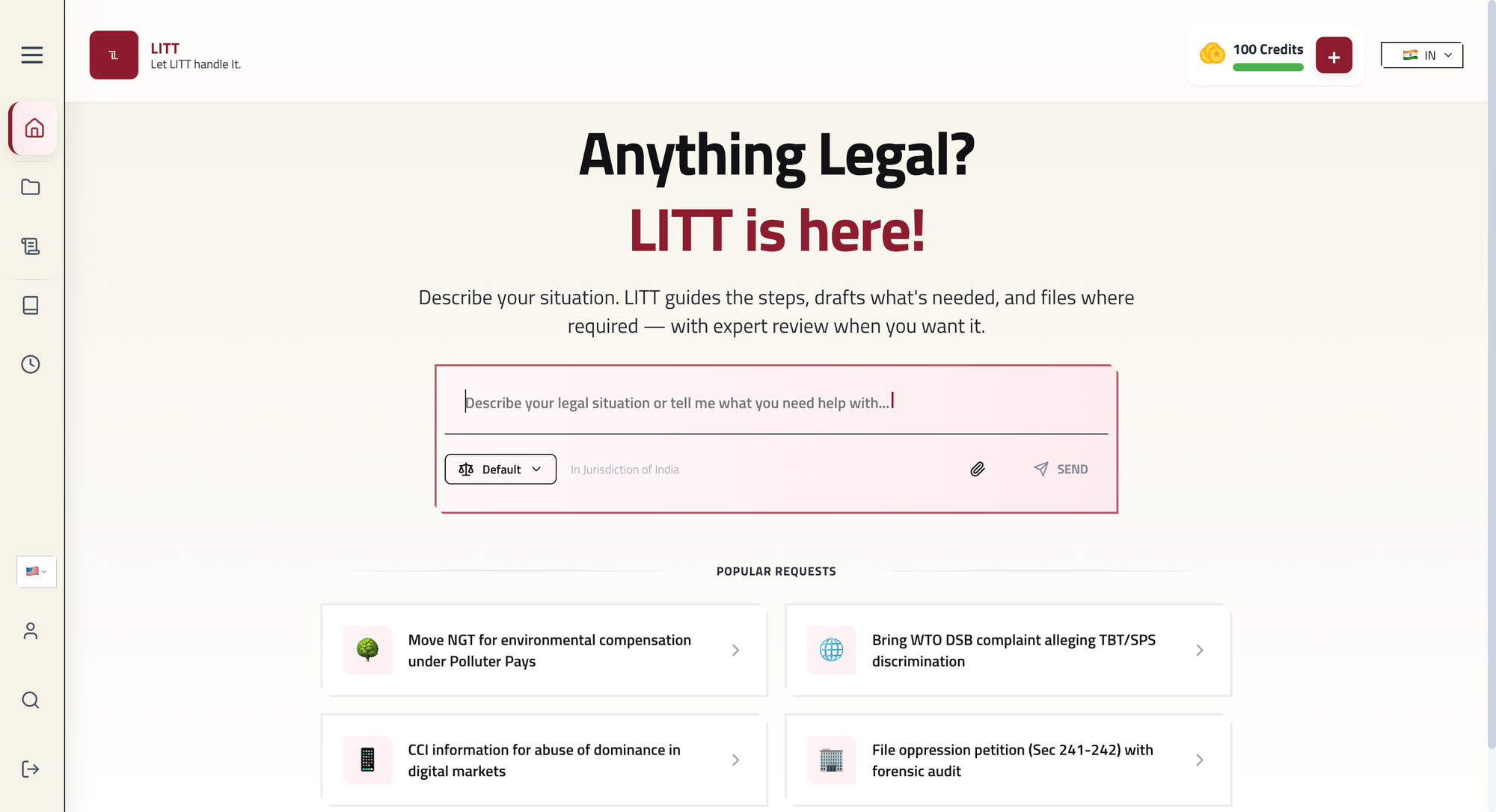Citation: Transfer Petition (Civil) 291 Day of Judgement: 14th February

AI that prepares briefs and compliance checklists
Citation: Transfer Petition (Civil) 291
Day of Judgement: 14th February 2006
Bench: Arjit Prasayat & S.H Kapadia
Facts:
The Case was a petition from the Haryana District Court regarding the issue of the registration of marriage which was the issue of the states. The different states had different rules regarding the marriages and the case used Acts of marriages from the states such as Karnataka Marriages (Registration and Miscellaneous Provisions) Act, 1976; Bombay Registration of Marriages Act, 1953; Himachal Pradesh Registration of Marriages Act, 1996; Andhra Pradesh Compulsory Registration of Marriages Act, 2002; Assam Moslem Marriages and Divorce Registration Act, 1935; Orissa Muhammadan Marriages and Divorce Registration Act, 1949; and Bengal Muhammadan Marriages and Divorce Registration Act, 1876. The decision was reached on 14th February 2006 with directives sent to the state to compulsorily register marriages and come back with the procedure for registration in 3 months
Issues
- Whether the Marriage registration is made compulsory in India?
- The constitutionality of making Registration of Marriages compulsory in India
Judgment:
The following key points can be taken from the Judgement of the Supreme Court:
- The Supreme Court started by stating that it had the right to make decision
- The Supreme Court concluded that the Registration of Marriage was necessary to reduce the abuse in marriages and child marriages
- The Supreme Court also directed the States and Union Territories to do the following:
“(i) The procedure for registration should be notified by the respective States within three months from today. This can be done by amending the existing Rules, if any, or by framing new Rules. However, objections from members of the public shall be invited before bringing the said Rules into force. In this connection, due publicity shall be given by the States and the matter shall be kept open for objections for one month from the date of advertisement inviting objections. On the expiry of the said period, the States shall issue appropriate notification bringing the Rules into force.
(ii) The officer appointed under the said Rules of the States shall be duly authorized to register the marriages. The age, marital status (unmarried, divorcee) shall be clearly stated. The consequence of non-registration of marriages or for filing false declaration shall also be provided for in the said Rules.
Needless to add that the object of the said Rules shall be to carry out the directions of this Court.
(iii) As and when the Central Government enacts a comprehensive statute, the same shall be placed before this Court for scrutiny.
(iv) Learned counsel for various States and Union Territories shall ensure that the directions given herein are carried out immediately.
Reasoning
The Decision was based on various reasoning from the Supreme Court which can be seen below:
- The Registration of Marriage if made compulsory can help in reducing the menace of Child Marriage which was prevalent at that time
- The Supreme Court had the right to decide as it was the 5th entry in the concurrent list
Conclusion
The decision of the Supreme Court was taken into consideration by certain states and the decision was considered as a revolution in the history of marriage decisions made by any court in India.


